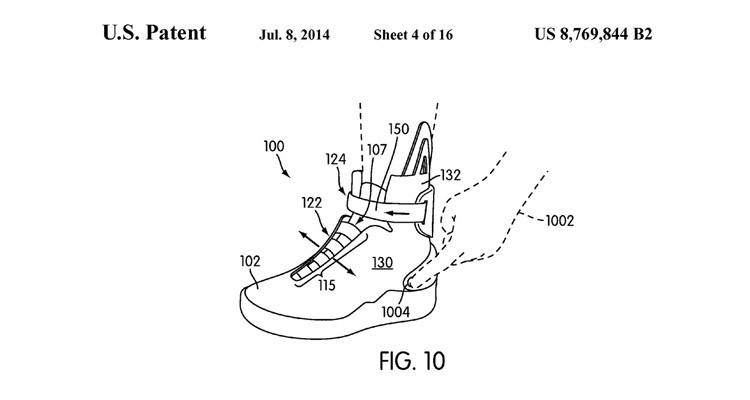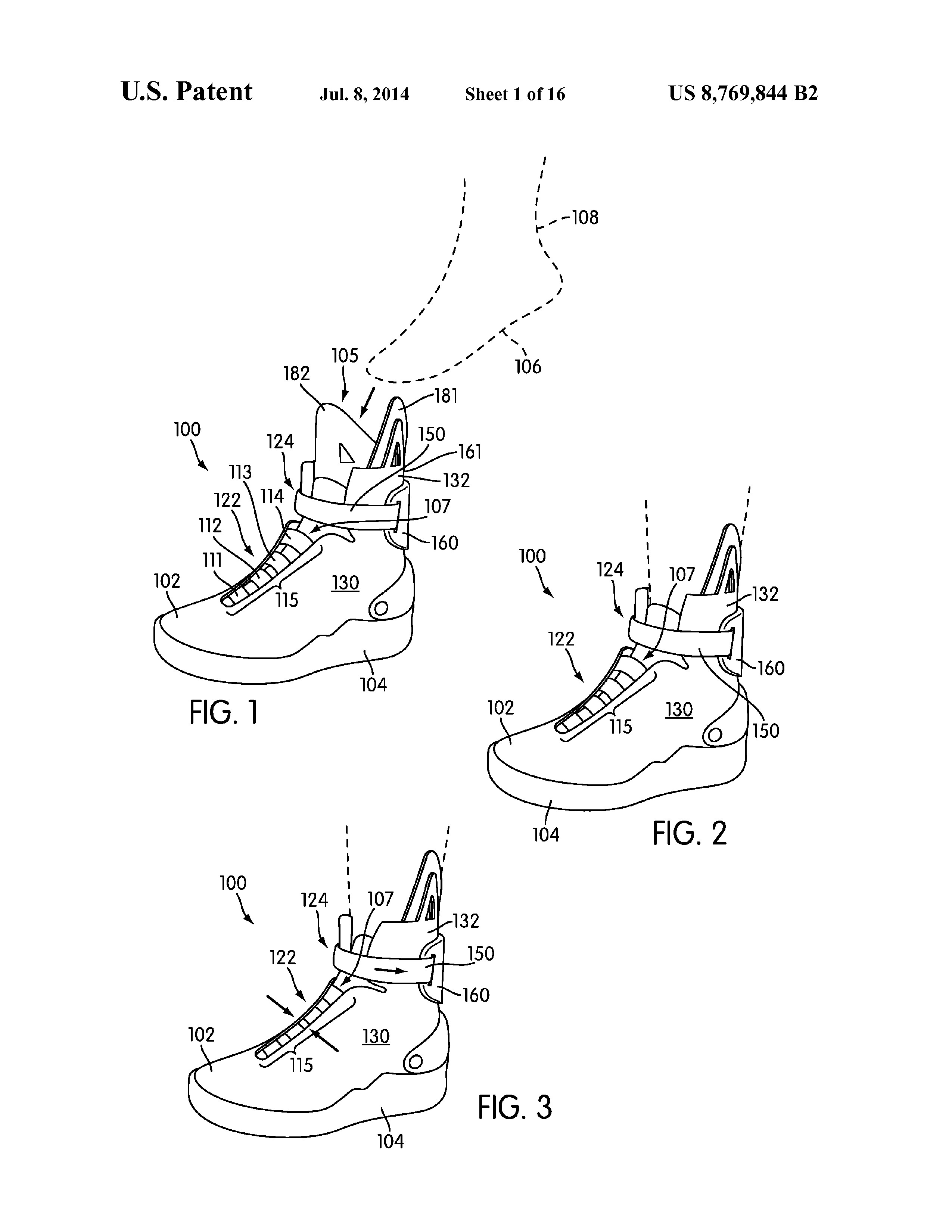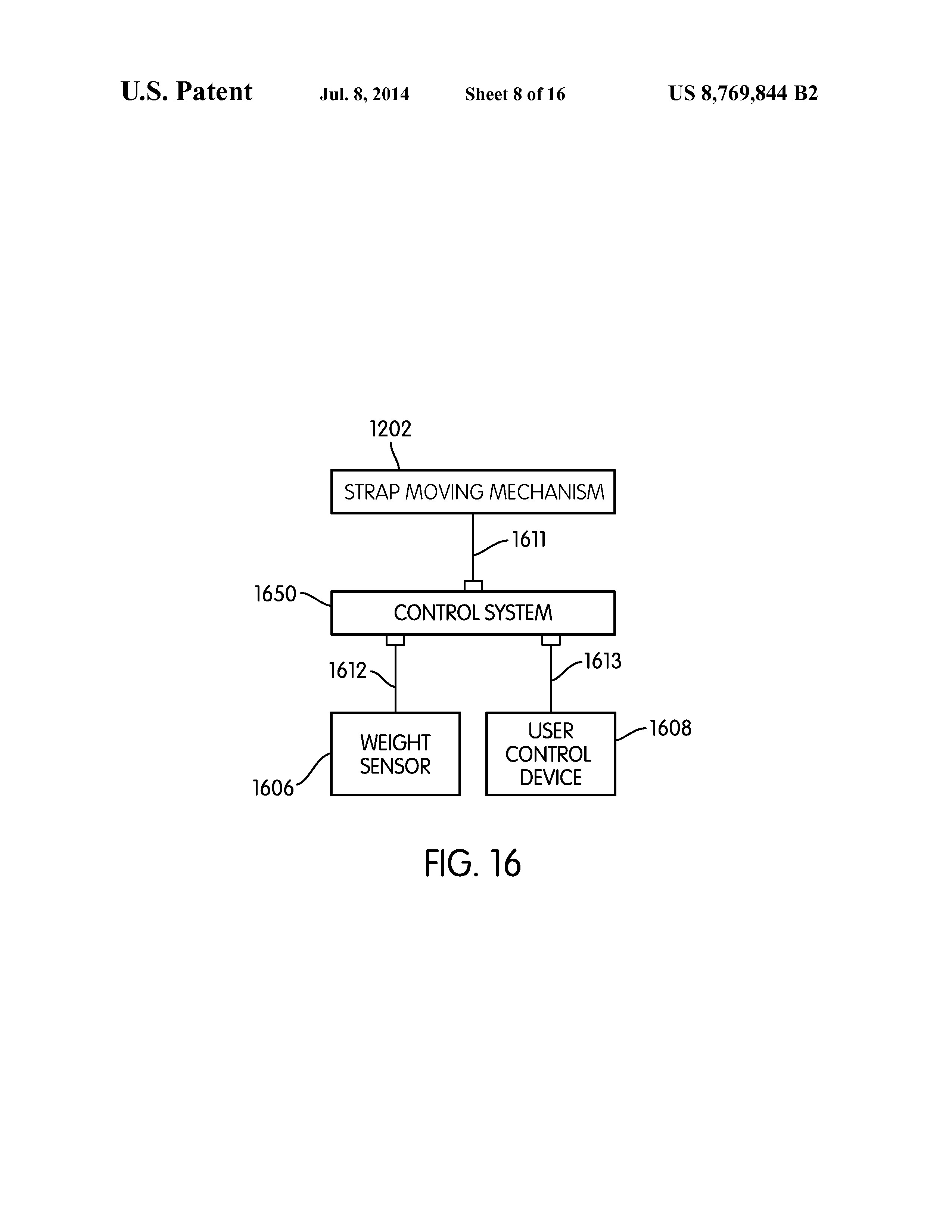Maryland pharmacist Narender Dhallan often has to decide whether to fill a prescription and lose money or send a customer to another store. Cindy Carpien for NPR hide caption
itoggle caption Cindy Carpien for NPR
Pharmacist Narender Dhallan winces as he looks at a computer screen in his drugstore on a recent morning. For the second time in two hours, he has to decide whether to fill a prescription and lose money or send his customer away.
This time it’s for a generic antifungal cream that cost him $180 wholesale. The customer’s insurance, however, will pay Dhallan only $60 to fill it.
“This used to be something that would happen once in a rare, rare while,” Dhallan says. “Now it’s becoming routine.”
If the losses keep coming, Dhallan says his store, RiverRx in Bethesda, Md., won’t be in business two years from now.
The scenario at RiverRx is repeating itself at independent drugstores across the country, says Doug Hoey, president of the National Community Pharmacists Association.
Nearly 9 in 10 prescriptions filled in the U.S. are for generic drugs. And while generic drugs are typically cheaper than brand-name medicines, the prices for generics have been on a tear.
The problem for RiverRx and other independent pharmacies is that reimbursements haven’t been keeping up with the pace of price hikes. As a result, the pharmacies are losing money simply by filling prescriptions.
Hoey flips through a 3-inch stack of spreadsheets from his members detailing losses on generic drugs. “Here’s a generic Prozac, loss of $26,” Hoey says. “A generic used for rheumatoid arthritis, $83 loss. This one store lost $4,800 in one month.”
Hoey, Dhallan and other pharmacists say the problem lies with pharmacy benefit managers. The PBMs are middlemen in the medical world who influence what drugs you get, where you can get them and at what price. The biggest are Express Scripts and CVS Caremark.
PBMs negotiate deals with employers to run the part of their insurance plans that covers prescription drugs. The managers extract discounts from drugmakers on medications and also contract with pharmacies like RiverRx to fill prescriptions for the people served by PBMs. If Dhallan wants to be included in a PBM’s network, he has to sign on to its terms.
In the past, PBMs reimbursed drugstores pretty much in line with market prices. However, in the past two years, generic drug prices have risen on average 40 percent. When they spike like that, Hoey says, PBM reimbursements often don’t keep up.
“When those prices go up, our cost to buy the drug can go up 100, 500, 1,000 percent overnight,” Hoey says. “While we’re paying 1,000 percent more than we had paid the day before, our reimbursement — the payment to the pharmacy — often stays the same for an average of three months.”
Chain pharmacies like CVS and Walgreens also sometimes lose money filling generic prescriptions. However, they have more revenue and profit than the independents as well as other business lines to cushion the blow.
It’s hard for small pharmacies like RiverRx to demand more money from the PBMs because they hold the trump cards. CVS and Express Scripts dominate the industry. CVS Caremark is the 10th-largest company in the U.S. by revenue and it manages prescriptions for 70 million people. It also owns nearly 10,000 retail stores and the Caremark mail-order pharmacy. Express Scripts has a huge mail-order pharmacy of its own.
The PBMs aren’t just setting reimbursement for River RX, they’re also competing for its customers.
“We feel that’s a conflict of interest,” says Hoey.
A CVS Caremark spokeswoman said in an email that the pharmacy benefit manager deals “at arm’s length” with the retail side of the company.
“Our pricing with CVS/pharmacy is very competitive to similarly situated providers,” she said.
Benefit managers like CVS and Express Scripts say they save money for their clients and keep drug prices low overall. A 2011 study by the PBM’s trade group estimates it will save its clients and Medicare $2 trillion over 10 years.
“We save about 35 percent over what businesses would pay if we weren’t in the picture, and they were doing all of this themselves,” says Mark Merritt, president of the Pharmaceutical Care Management Association, which represents CVS Caremark and Express Scripts. “It’s billions if not trillions of dollars.”
Not everyone is so sure.
Analyst Richard Evans, who heads up the health practice at Sovereign and Sector Research LLC, says pharmacy benefit managers do extract discounts from drug companies for their clients. But as an industry, the PBMs haven’t managed to take all the air out of inflating drug prices.
He agrees that independent pharmacies are in trouble, in part because PBMs, in an effort to cut costs even more, have been narrowing their lists of approved pharmacies.
Laura Ard, a regular customer at RiverRx, has seen that firsthand. She takes a medication for a chronic condition and has been able to get the prescription for it filled with a modest copay at Dhallan’s store. Then her drug plan changed. Now she has to go to CVS or pay entirely out of pocket.
“It’s irritating because they’re telling me where I have to go, and where I have to shop, and at what price I have to get things,” she said on a recent day standing at the cash register at RiverRx.
On principle, she’s continued to pay out of pocket for the past six months — a total of more than $800. “This is my own personal private picket, at my expense,” she said with a laugh.
But Dhallan can’t count on many people doing what Ard does. He says he’s lost about 20 percent of his customers in the past year.
“Last year was the first year that we had a decrease in profit, even though we had an increase in the number of prescriptions,” Dhallan said. “I don’t know how long we can continue.”









